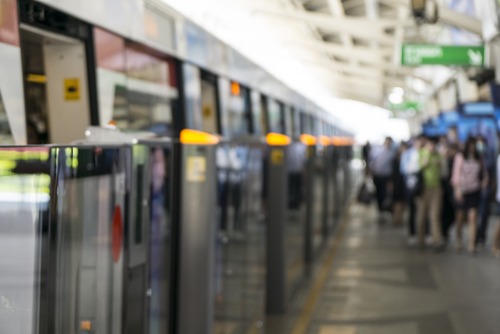
U.S. Reps. Barbara Comstock (R-VA) and Dan Lipinski (D-IL), co-chairs of the House Public Transit Caucus, recently introduced bipartisan legislation to better secure the country’s public transit systems and infrastructure.
Comstock said the bill – the Securing America’s Facilities, Equipment, and Rail: Taking Responsibility for American National Security in Transit (SAFER TRANSIT) Act – was designed to ensure the safety of rail and bus carriers amid an increased threat level to the nation’s transportation systems.
“With a constantly evolving threat environment the Transportation Security Administration (TSA) needs to take the lead in the proper oversight of critical transportation systems,” Comstock said. “Unfortunately, key provisions of the 9/11 Act have not gone into effect, and this legislation will help keep our transportation systems safe.”
The SAFER TRANSIT Act includes provisions to reauthorize TSA deployment of Visible Intermodal Prevention and Response (VIPR) teams at high-risk transportation locations to increase the level of law enforcement visibility and terrorism deterrence. Authorization for the VIPR teams and Surface Transportation Security Inspectors expired in 2011.
The legislation would also provide stakeholders with resources they need to develop effective responses to rapidly changing threat environments by reauthorizing Department of Homeland Security research programs through 2020. These programs would aid in the closure of capability and vulnerability gaps, such as explosive detection, identified by TSA and transit agencies.
“Critical passenger rail safety requirements from the 9/11 Act have yet to be implemented, including a regulation for rail carriers to complete security assessments, a regulation for rail security training, and a program for conducting background checks on rail employees,” Lipinski said. “With ever-growing security concerns across the nation, our bill directs the Transportation Security Administration (TSA) to develop a process to follow through on critical security provisions.”